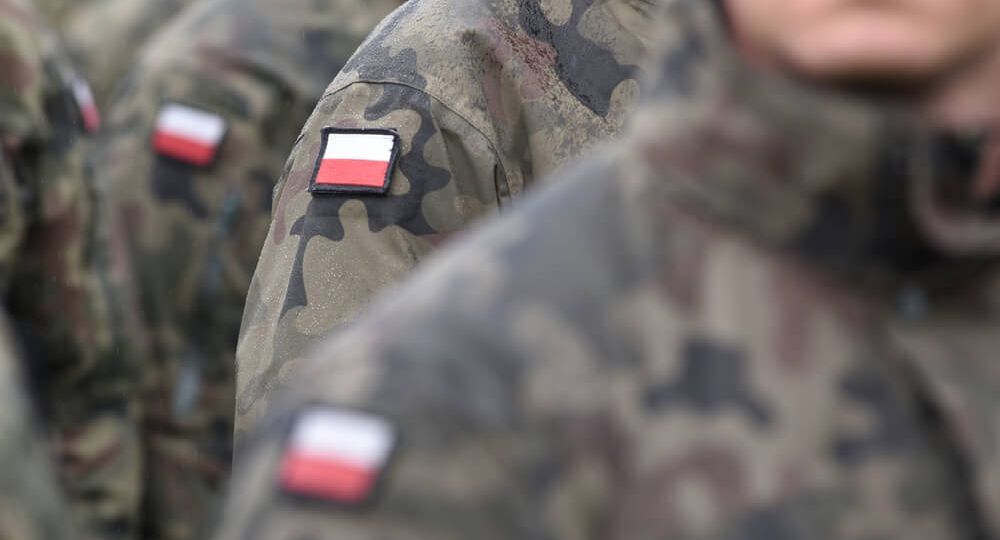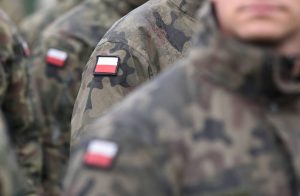
Today, defense and civilian innovations are increasingly being combined. To maintain an advantage over competitors and potential adversaries, countries must leverage and develop high-end, cutting-edge capabilities. Joint military-civil-technical innovations are the inevitable choice to achieve this goal.
Breakthrough technologies from the military that have entered our lives
We may be not even aware, that many inventions used in our everyday lives have their roots in the military. Below are some such examples.
Internet
The most popular invention that went straight from the training ground to the civilian market is the Internet. As World War II ended, the U.S. government feared another global conflict was coming. The Americans then came to the conclusion that the key to victory in a possible next clash was not just strength and weapons, but also the efficient flow of information. This is how the idea of creating a communication network was born. In 1958, President Eisenhower commissioned such a task to a research organization, ARPA (Advanced Research Project Agency), specially established for this purpose. After 11 years, the first communication nodes were built and the ARPANET network was born – the ancestor of the modern Internet. It was within this network that the first email in history was sent in 1971 thanks to Ray Tomlinson. The result of his work for the US Department of Defense was software that was used for communication via the government ARPANET network. Tomlinson also introduced the @ symbol into the mailbox address.
GPS
The GPS that we use almost every day also has its roots in the military sector. It was developed for the needs of the US Navy. In December 1973, the first phase of creating the GPS system – NAVSTAR – began. All branches of the US military (army, navy, air force), as well as private companies and research centers took part in this project.
Drones
One of the newest devices that has found its place on the civilian market are drones. From the very beginning, these devices were produced for the needs of the military, and today anyone can have them. The most famous military drone is the Predator, recognized as one of the 10 aircraft that changed the world. Drones have changed the way the military and aviation operate for good. Their history dates back to the 1970s and 1980s, when on the initiative of Israel and the United States, gliders called unmanned aerial vehicles (UAVs) were created, on the basis of which the design and modern drones were later constructed.
Microwave
The history of the microwave is very random. In 1946, Raytheon engineer Percy Spencer, who was testing military-grade radar magnetron parts, realized that they had caused his candy bar in his pocket to melt. This phenomenon intrigued him so much that he decided to investigate and use it. He tested placing eggs and popcorn kernels under a magnetron tube and realized that this could effectively heat the eggs and cause the popcorn to pop. A year later, the first commercial microwave oven using this technology hit the market.
Companies that combine civilian and defense production
Many civilian companies see and take advantage of the opportunity to accelerate their development by engaging in arms production. A plant whose production and customer environment are diversified may, for example, wait out a possible crisis or weakening in one of the industries (example – Covid-19 pandemic). The military, as a government entity, is a large and stable client, cooperation with them may mean a combination of sometimes slow but constant growth and income for the company. Thanks to the extended time frame of public procurement, it can offer predictable revenues also in the future. Below are some examples of companies combining civilian and military production.
Raytheon
It is an American company and one of the largest arms companies in the world. Raytheon produces a wide range of products, from radar and missile systems to aircraft engines and HVAC systems. The company is the manufacturer of the state-of-the-art MIM-104 Patriot anti-missile system, which is capable of engaging targets at distances of over 100 kilometers. Through its 2020 merger with United Technologies, Raytheon has a broad portfolio of aerospace businesses, including engine companies Pratt & Whitney and Collins Aerospace. This allows the company to combine defense and commercial revenues. Raytheon is also not overly dependent on either the Pentagon or commercial airlines.
Boeing
Boeing is an American company known mainly for the production of commercial and military aircraft, as well as space technologies and defense systems. The defense sector accounts for less than one-third of Boeing’s total sales. Much of Boeing’s defense portfolio is based on aerospace, including F/A-18 Super Hornet, F-15 fighter, Apache helicopter and a number of surveillance and support aircraft.
General Dynamics
It is a major supplier of tanks and heavy land vehicles to the U.S. government and owns several shipyards that produce nuclear-powered destroyers and submarines. The company is the manufacturer of the famous Abrams tanks. General Dynamics also owns Gulfstream, one of the world’s largest business jet manufacturers.
Benefits of adapting military technologies in the civilian sector
As seen above, the adaptation of military technologies in civilian sector brings many benefits to society. Advanced solutions developed for the army can be used in everyday life, increasing the level of safety and comfort of citizens. Their implementation in the civilian sector also allows for the creation of more resilient infrastructure, more effective rescue systems and advanced communication solutions. Moreover, the transfer of knowledge and experience from the military to industry stimulates and drives global economic and technological development. This contributes to the creation of new jobs and strengthens the position of a given country on the international arena.
The role of translators in civilian military technology
With the international development of advanced military technologies, the role of translators is becoming increasingly crucial. Translators ensure effective communication between military specialists and civilian partners, enabling smooth sharing of knowledge and experience in the implementation of joint projects. Accurate communication of instructions, specifications and technical documentation is essential for civilian organizations to fully realize the potential of these advanced solutions. In addition, translators facilitate international cooperation in the field of defense technologies, ensuring efficient communication between partners from different countries. Their role is crucial in building trust and mutual understanding, which is crucial for the effective development and implementation of innovative solutions. We have been providing military translations in Skrivanek for over 30 years. We have extensive experience in translating documents for NATO, the EU and external companies in this market. We also use and implement new technologies to meet the constantly changing expectations of our customers.

